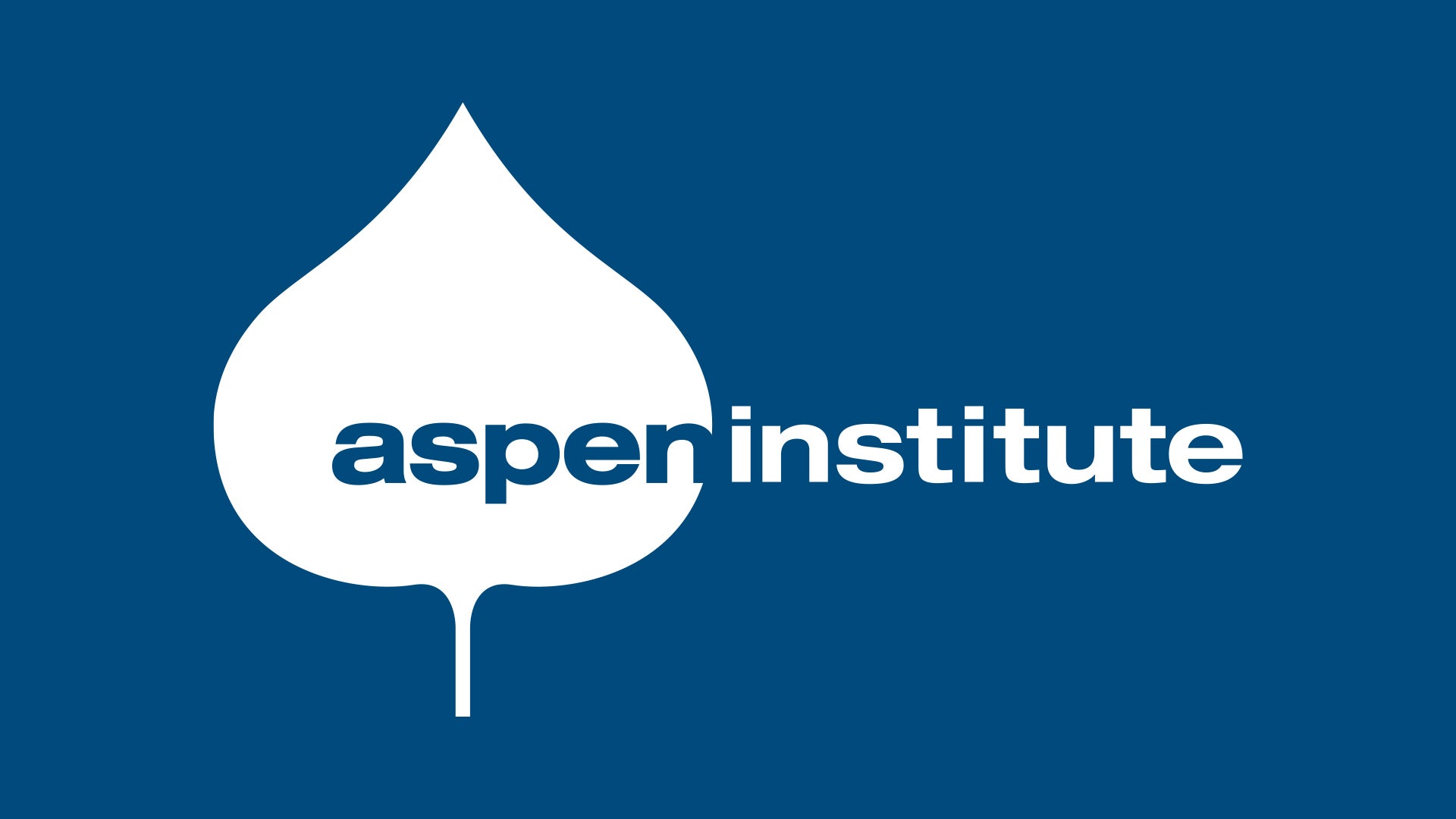Digital Identity in the Americas: A Moment for Innovation and Leadership


Digital identity systems are not just a technological advancement; they are a fundamental key to unlocking enormous social and economic value. A widely cited study by the McKinsey Global Institute estimates that a well-designed digital identity framework could unlock economic value equivalent to 3 – 13% of GDP in emerging economies. This is achieved by enabling greater access to essential services like financial products, employment, healthcare, and government programs. When thoughtfully designed, digital identity can expand inclusion, increase efficiency, and spur innovation on a massive scale.
“Building systems people want to use isn’t just good design—it’s good business.“
These insights are the result of a collaborative experiment hosted by the Aspen Institute in partnership with the Visa Foundation. The year-long pilot project, called Digital Equity Frontiers, included key stakeholder engagement events in Washington, D.C. and Mexico City. The core of these convenings was a “network demonstration” model: instead of starting with predetermined solutions, the approach prioritized building relationships and fostering trust among a diverse group of actors from different sectors, geographies, and roles. This created a space where policymakers, civil society leaders, and tech innovators could move from isolated efforts to aligned, collective action. The outcomes of these meetings show how the connective power of networks can shape strategy and seed future solutions.
The path to an inclusive digital identity system is different for every country. While the U.S. and Mexico share common barriers—such as a lack of formal IDs, fragmented regulations, and a deep public trust deficit—each nation faces its own unique legal, political, and technological constraints. Progress will require solutions that are context-specific yet built for scale.
The United States: An Innovation Mindset
The United States faces significant structural hurdles in building a cohesive digital identity system. These challenges stem from deeply entrenched legacy infrastructure, a fragmented regulatory environment, and persistent political resistance to centralized identity solutions. The U.S. has no national identity system. Identity credentials are issued by a patchwork of agencies, from the Social Security Administration to state motor vehicle departments. Individuals must often navigate distinct and duplicative verification processes to access government benefits, financial services, and healthcare. Without shared infrastructure or agreed-upon standards, the user experience is fragmented, frustrating, and highly inefficient.
Despite these challenges, a new approach is emerging. Public agencies and private firms are beginning to experiment with agile, tech-forward models that prioritize speed, iteration, and user experience. This signals a growing, tech-enabled shift toward harnessing innovation to reimagine what is possible, even within a legacy system. This pragmatic mindset focuses on adapting to U.S.-specific limitations rather than succumbing to frustration or inertia. Recent developments across 14 states and Puerto Rico underscore this shift, with mobile driver’s license (mDL) pilot projects and a growing range of public- and private-sector use cases taking shape. While the U.S. may lack a unified system, it possesses a deep reserve of technical talent and a culture of experimentation ready to be tapped.
Mexico: A Leapfrog Opportunity
Mexico, while facing its own set of challenges, is not encumbered by the same legacy systems that constrain digital identity development in the United States. Instead, it is at a critical inflection point where emerging institutional capacity and targeted public investment could enable it to leapfrog to modern, inclusive identity infrastructure. However, one major barrier is that more than half of Mexico’s workforce operates in the informal economy, often without formal employment records or social protections. This lack of documentation limits access to financial services, public programs, and legal recourse, perpetuating economic instability.
Despite these challenges, Mexico has a unique opportunity to bypass outdated systems, similar to how M-Pesa revolutionized financial inclusion in Kenya by bringing mobile payments to unbanked communities. With high mobile phone penetration and fewer entrenched systems, the country can build a user-centered, interoperable digital ID framework that expands access to financial services and government programs. Fintech innovators are already leading the way, using mobile-first design, biometrics, and a range of use cases to reach populations excluded from traditional banking. By aligning regulatory reforms with private-sector experimentation, Mexico has a real opportunity to build an inclusive digital identity system that can serve as a model for the Americas.
A New Shared Agenda for Inclusive Digital Identity
While Mexico and the U.S. face distinct challenges shaped by their unique social, economic, and regulatory contexts, both countries stand to benefit from trustworthy, inclusive, and interoperable digital identity systems that expand access to financial services and economic opportunity. Achieving this vision will require coordinated leadership, but the private sector is uniquely positioned to lead the way. With its ability to design for usability, integrate across platforms, and reach large swaths of the population, the private sector, in deep collaboration with the public sector, holds the tools to turn digital identity from an aspiration into a mainstream utility.
How to Leverage Cross-Sector Collaboration to Accelerate Progress
1. Innovate Boldly, and Build What People Want
Digital identity is more than just a tool for verification; it is an economic growth opportunity. Given the wide-ranging potential of digital identity systems, governments should not limit their scope to benefits delivery, healthcare, and civic use cases. They should explore other high-impact, market-driven use cases that enable household financial security. The private sector is uniquely positioned to fill this gap by developing identity-enabled services that meet real consumer demand: access to bank accounts, credit, digital wallets, gig economy platforms, and e-commerce. By driving adoption through convenience, utility, and financial value, companies can expand access while opening new markets. Building systems people want to use isn’t just good design—it’s good business.
2. Engage Responsibly, and Design with Trust in Mind
Trust in digital identity systems must be earned through intentional design that protects privacy, ensures user agency, and embeds governance principles such as data minimization and dynamic consent. As the primary builders of digital identity technology, private sector actors play a critical role in aligning with global standards—from NIST and ISO to the World Bank’s ID4D—to reduce fragmentation, improve interoperability, and accelerate adoption. Designing for trust isn’t just the right thing to do—it’s essential for uptake, loyalty, and long-term market viability.
3. Collaborate Strategically, Shaping Smarter Policy Together
Private sector leaders have an opportunity and a responsibility to shape forward-looking regulatory environments through real-world experimentation and strategic engagement with policymakers. Regulatory sandboxes, guidance on Know Your Customer (KYC) compliance, and investment in shared infrastructure are critical tools. To unlock innovation, regulators must create space for experimentation, and companies must reciprocate by advocating for smart policy, upholding strong safeguards, and sharing lessons learned. Public-private dialogue, grounded in evidence and co-creation, is key to building systems that are secure, flexible, and inclusive. By demonstrating how digital ID adds tangible value—from government payments and cross-border remittances to gig worker onboarding and small business credit—private companies can build the evidence base for policy change.
4. Expand Access Until Everyone is Served
Reaching those excluded from formal ID systems—such as migrants, informal workers, and Indigenous communities—will require new pathways for identity verification. If regulators introduced new sandboxes or pilots, financial institutions, fintechs, and telecoms could unlock access by leveraging non-traditional data sources and partnering with trusted intermediaries such as schools, clinics, or cooperatives. These efforts don’t just drive inclusion—they expand the customer base and have the potential to reduce fraud through more robust identity verification. When paired with appropriate safeguards and standards, these alternative pathways can transform how identity is established and accessed across the region.
By innovating boldly, engaging responsibly, collaborating strategically, and expanding access, companies can shape digital identity systems that drive inclusive growth, build trust, and unlock economic participation across the Americas. To realize the full promise of digital identity, systems must be built not just for the margins but for the mainstream. Last-mile solutions matter, but they will only gain traction if they are embedded within platforms and services that deliver clear, everyday value for the broader population. In short, digital identity must be useful, trusted, and relevant to everyone.
This is where the private sector’s collaboration with the public sector is indispensable. Banks, fintechs, payment providers, and mobile network operators already serve millions of users daily. By integrating digital identity into widely used services, designing for ease and security, and aligning with global standards, the private sector can drive adoption at scale. These firms can leverage public infrastructure that works across jurisdictions, sectors, and user needs—turning digital ID from a policy aspiration into a market reality.
Of course, government remains a vital partner, setting the rules of the road, building enabling infrastructure, and protecting the public interest. But without private sector innovation, distribution, and user insight, progress will remain stalled in the Americas. It is the combination of the two that has the reach, speed, and incentive to build systems that work for the many, not just the few. If leaders act now—with bold vision and shared purpose—they can build digital identity systems that unlock economic participation, improve service delivery, and build trust in an increasingly digital world.

The posted price is not the price most families pay, especially for low- and middle-income households. There are entire categories...

If you’re tired of the daily grind, you might be wondering: What’s the best way to retire early? It starts...

Michael Nathanson, who has served as CEO of Focus Financial Partners for the last year and a half, is stepping...